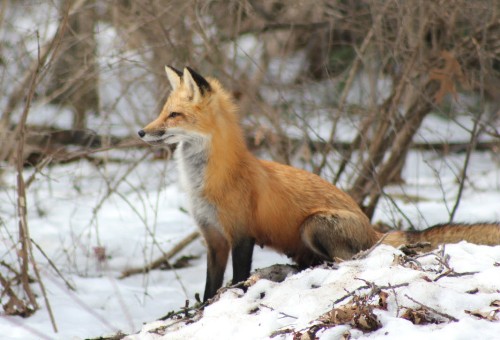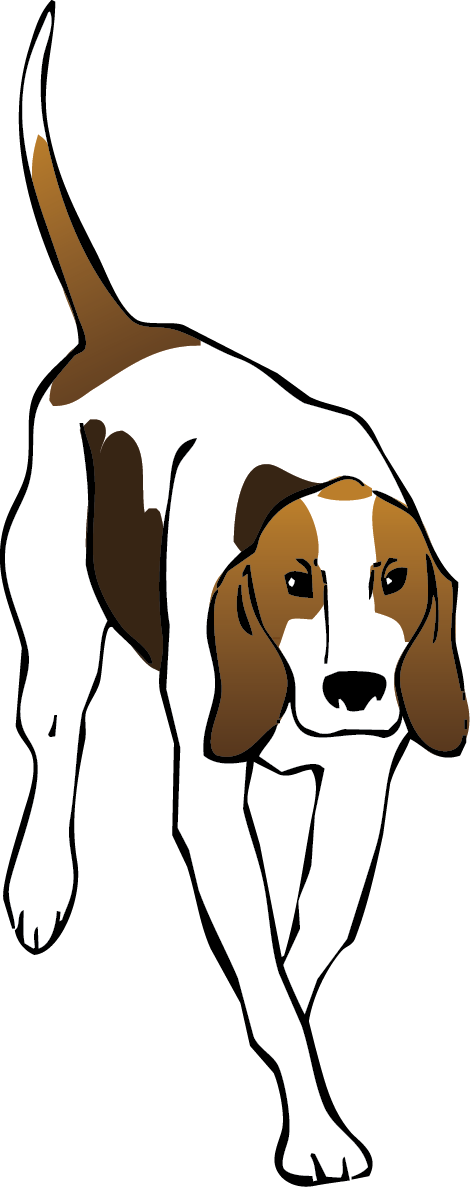Prince of Wales
How Long Can a Red Fox Live?
 Mary Marks photo
Mary Marks photo
I believe that the ripest old age a tame fox might achieve is twelve. A wild, country fox could reach about eight. The governing factor, of course, apart from predators, is the fox’s teeth. No teeth, no food, no energy, and the end will be near, perhaps by scavenging dog or internal parasite—a death neither quick nor noble, and without Nature’s own equivalent of the National Health Service.
When I was hunting the Tiverton in Devon, the oldest fox caught by my hounds was aged six, according to that great naturalist Sir Newton Rycroft. It was the Tiverton’s first hunt in the New Forest, in 1975, and the fox’s incisors were long, very curved, and extremely dark—which prompted the discussion. The longer and more curved the teeth, the older the fox. Bob Street, who had disappeared into a bog during the excitement of the run, said that in forty years’ hunting it was one of the oldest he had seen hounds catch.
Opening Day with the Quorn
 Quorn Opening Meet, October 21, 2011 / Nico Morgan photo
Quorn Opening Meet, October 21, 2011 / Nico Morgan photo
The famous Quorn Hunt, founded in 1696, is arguably the oldest hunt in England. It takes its name from the Leicestershire village of Quorn where hounds were kenneled from 1753 until 1904. Hugo Meynell, known as the Father of Foxhunting, served as Master from that date until 1800.
Meynell is credited with organizing foxhunting as we know it today. In his day, the Leicestershire country was open grassland. Meynell devised the system of planting small coverts within the pastureland in which foxes could lie.

















